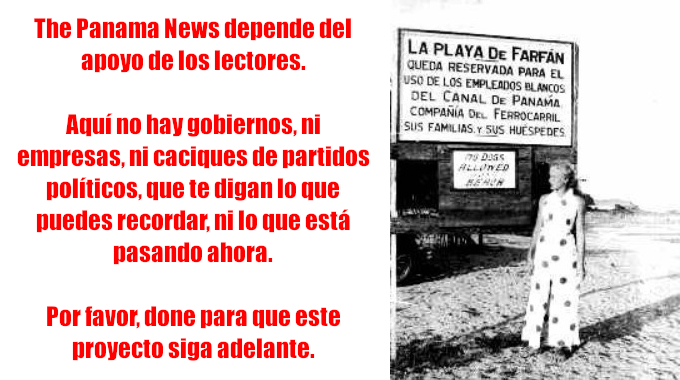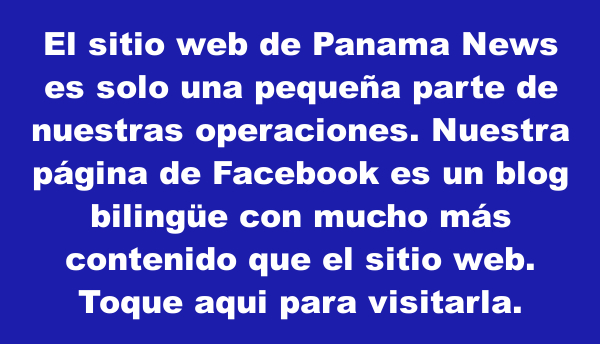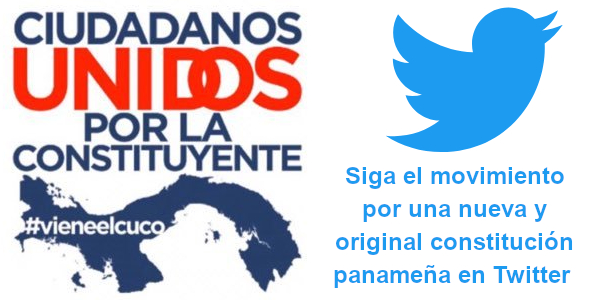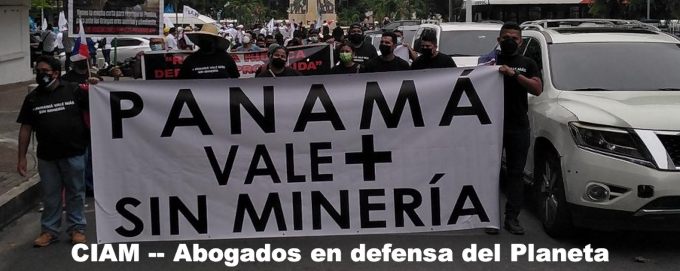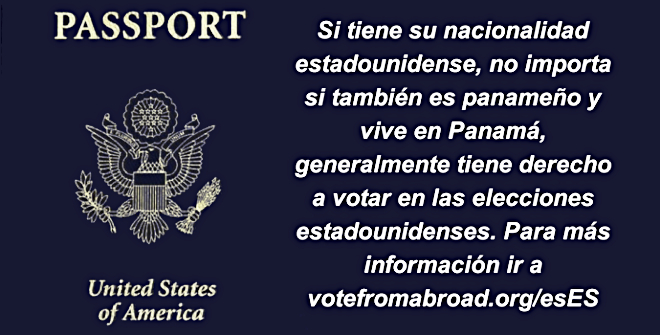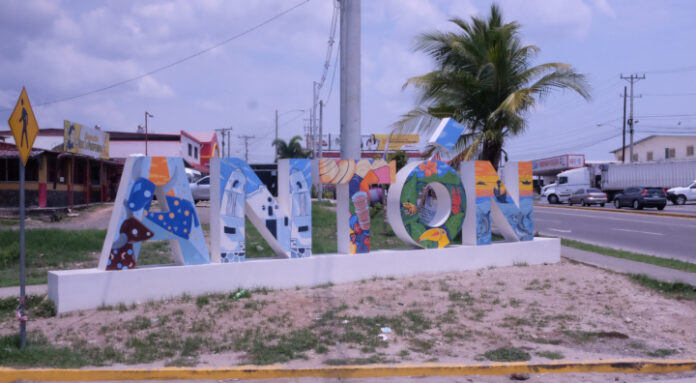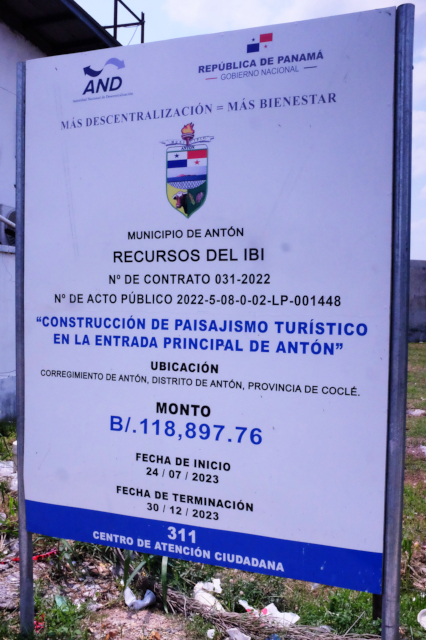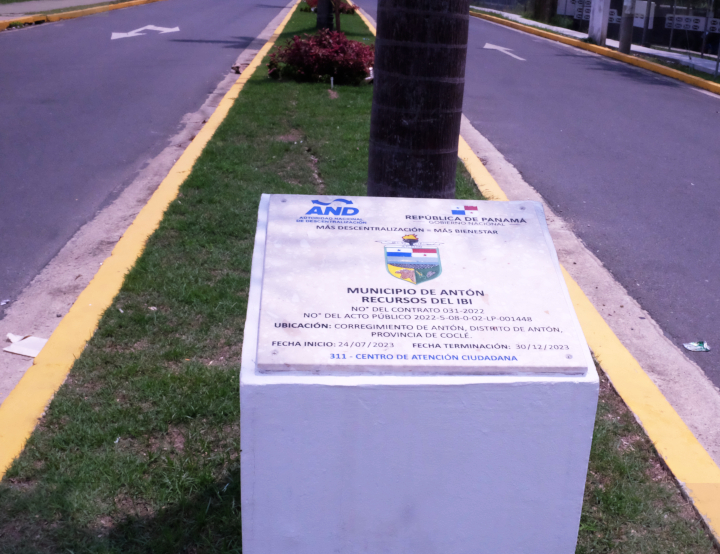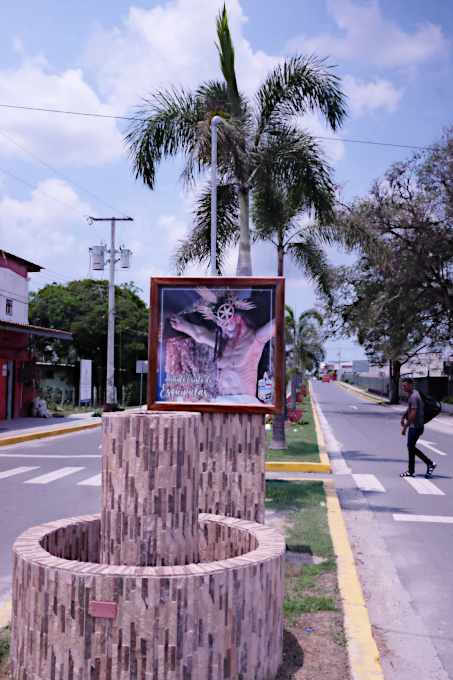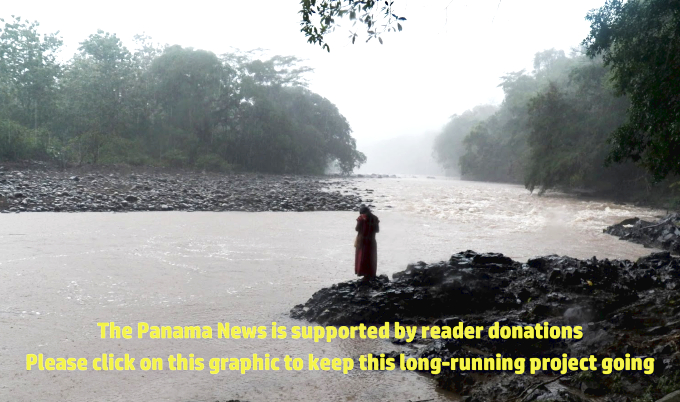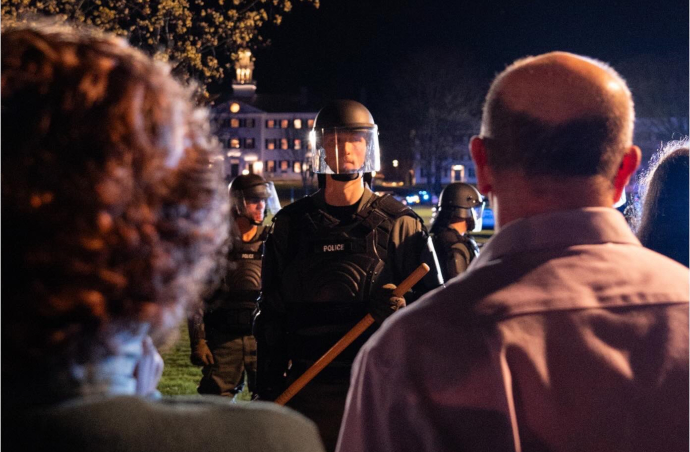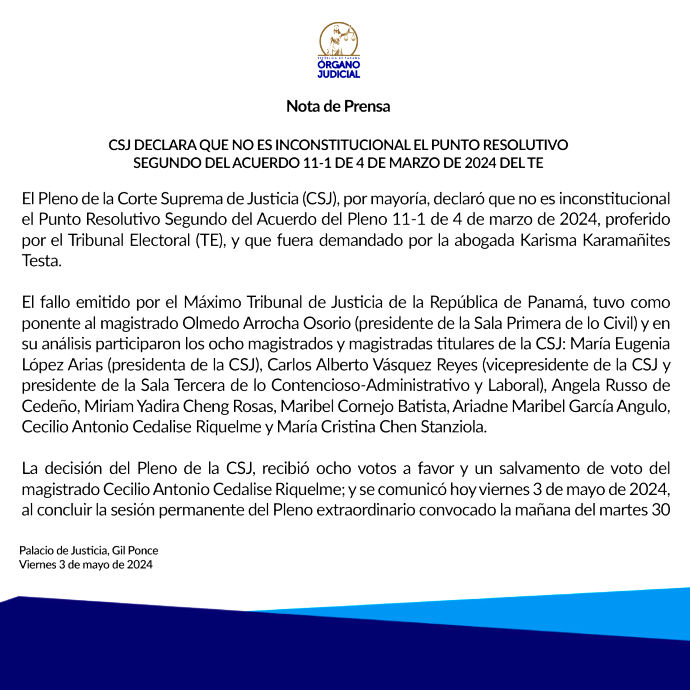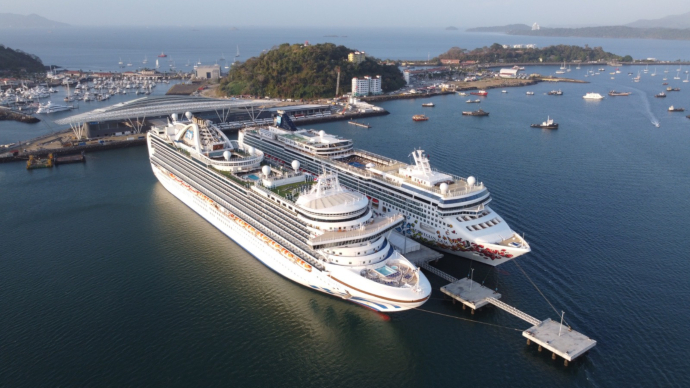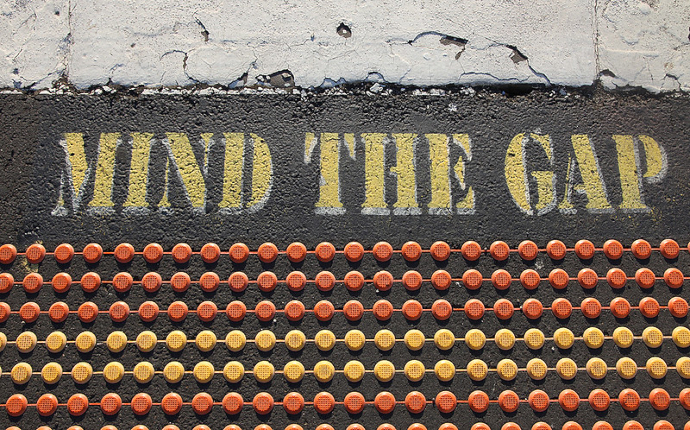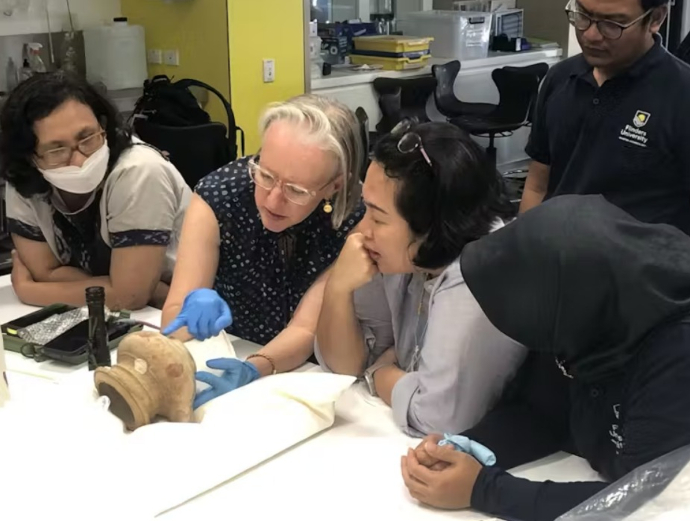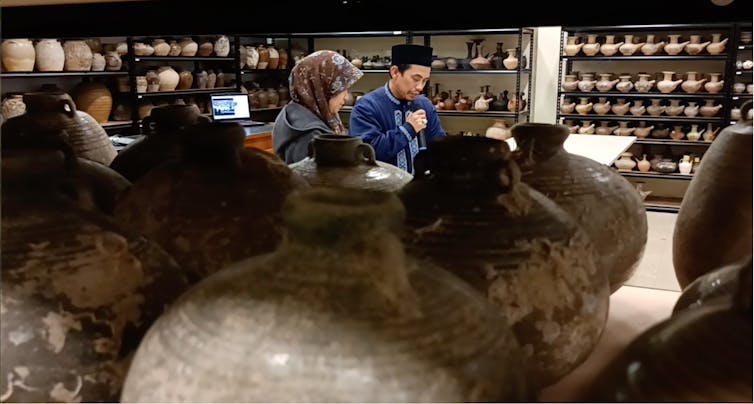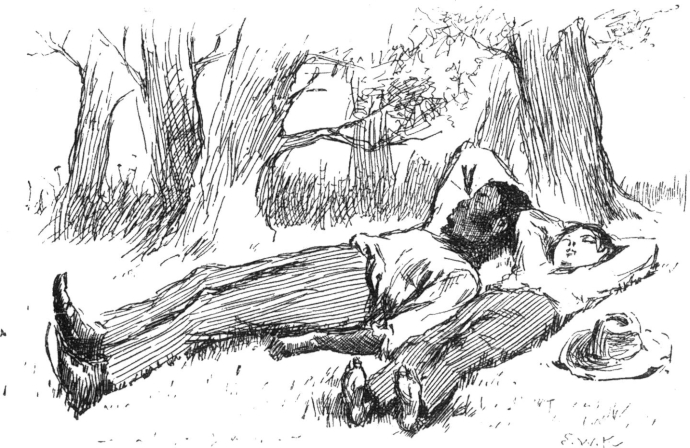Foto por Karolina Grabowska.
Cómo conectar a las personas mayores a la era digital
por María Antonia Parra Rizo, Universidad Miguel Hernández
En la actualidad, la población mundial está envejeciendo a pasos agigantados. Según datos de la Organizacion Mundial de la Salud (2022), el porcentaje de mayores de 65 años en el mundo pasará del 10 % al 16 % en 2050. Sus estimaciones indican que, para entonces, el número de personas en esa franja de edad será casi equivalente al número de niños menores de 12 años. En la Unión Europea, la proporción de octogenarios prácticamente se ha duplicado en lo que llevamos de siglo (del 3,4 % al 6 %).
Esto presenta desafíos importantes para incluir y cuidar mejor a los miembros de este sector de la población, que pueden sentirse desconectados del tiempo que les ha tocado vivir.
Excluidos de la vida en línea
Aunque los avances tecnológicos nos han traído ventajas, como la posibilidad de estar más conectados e informados y compartir más cosas, también ha creado problemas para las personas mayores. Muchos individuos de avanzada edad se sienten excluidos, un sentimiento a menudo potenciado por la falta de habilidades tecnológicas necesarias para usar tabletas, teléfonos móviles, aplicaciones, altavoces inteligentes o asistentes de voz.
Según un informe de la Agencia Española de Protección de Datos (2024), la exclusión digital aumenta la soledad y marginación, ya que estas personas no pueden acceder a muchos servicios que ahora se ofrecen solo en línea. Y esto puede afectar a su salud mental y emocional de manera negativa.
No deja de ser una paradoja, porque como indica la investigadora Elisabeth Grey y sus colegas, la tecnología puede ayudar a que la gente de más edad se comunique y se sienta acompañada. Para ello es crucial diseñar dispositivos e interfaces que les resulten más fáciles de usar.
Investigaciones en curso
Actualmente, muchos estudios están abordando este problema no solo para entender mejor las dificultades específicas que enfrentan las personas mayores al adoptar la tecnología digital, sino para que esas herramientas ayuden a combatir efectivamente su soledad y aislamiento.
Otros investigadores también exploran cómo la facilidad de uso y la utilidad percibida influyen en la adopción de aplicaciones y plataformas en línea por parte de este sector demográfico.
Y por último, se están evaluando los potenciales efectos de la digitalización en su calidad de vida, bienestar emocional y conexión social.
Un ejemplo es el uso de chatbots o bots conversacionales, sistemas de comunicación que se adaptan a las preferencias y necesidades emocionales de los usuarios. Estos programas de inteligencia artificial pueden ser empáticos e identificar las mejores formas de utilizar la tecnología para incluir a las personas mayores y reducir su vulnerabilidad social.
Estrategias para cerrar la brecha digital
Para abordar este problema, es importante enseñar a las personas mayores a sacar partido de la tecnología y facilitarles que se aprovechen de sus beneficios. He aquí algunas líneas de actuación:
1. Alfabetización digital:
-
Aprender a utilizar dispositivos como tabletas y teléfonos inteligentes.
-
Navegar de forma segura por internet.
-
Usar redes sociales de manera segura, como configurar perfiles y ajustar la privacidad.
-
Realizar videollamadas.
-
Reconocer y evitar estafas en línea, como fraudes o premios falsos.
-
Descargar y usar aplicaciones.
-
Utilizar pestañas en el navegador web.
-
Familiarizarse con los servicios bancarios online y aprender a usarlos de forma segura.
-
Aplicar medidas básicas de seguridad cibernética, como crear contraseñas fuertes.
-
Identificar correos electrónicos maliciosos de phishing y enlaces sospechosos, solicitudes de información personal o mensajes poco claros.
-
Conocer las ofertas de entretenimiento en línea.
2. Uso de las redes sociales y las plataformas en línea:
-
Conectar con personas que comparten intereses y aficiones a través de redes sociales.
-
Acceder a actividades como escuchar música, leer noticias o participar en sesiones de yoga, pilates o mindfulness a distancia.
-
Participar en actividades virtuales que promuevan el intercambio de ideas y experiencias entre diferentes generaciones.
-
Unirse a clases virtuales sobre diversos temas.
-
Apuntarse a desafíos como escribir relatos cortos, compartir recuerdos históricos o participar en concursos de fotografía.
-
Utilizar plataformas como TikTok para compartir tradiciones familiares y conectar con personas de diferentes edades.
3. Desarrollo de aplicaciones amigables:
-
Los expertos deben crear interfaces simples y bien organizadas.
-
Usar colores y contrastes que faciliten la lectura de los usuarios mayores.
-
Incorporar una navegación clara para que puedan moverse por la aplicación fácilmente.
-
Incluir funciones de búsqueda que les permitan encontrar lo que necesitan de manera rápida y sencilla.
4. Servicios de teleasistencia y telemedicina:
-
Los mayores deben contar con líneas de teleasistencia disponibles las 24 horas del día, los 7 días de la semana.
-
Acceder a consultas médicas virtuales a través de plataformas especializadas en internet.
-
Disponer de dispositivos que puedan alertar y monitorear la salud de manera remota.
Estas herramientas prácticas pueden ayudar a cerrar la brecha digital entre las personas mayores y el resto de la sociedad. El objetivo será promover un envejecimiento más activo, informado, saludable y, cómo no, conectado a la era digital.![]()
María Antonia Parra Rizo, Doctora en Psicología de la Salud, Universidad Miguel Hernández
Este artículo fue publicado originalmente en The Conversation. Lea el original.
Contact us by email at / Contáctanos por correo electrónico a thepanamanews@gmail.com
To fend off hackers, organized trolls and other online vandalism, our website comments feature is switched off. Instead, come to our Facebook page to join in the discussion.
Para defendernos de los piratas informáticos, los trolls organizados y otros actos de vandalismo en línea, la función de comentarios de nuestro sitio web está desactivada. En cambio, ven a nuestra página de Facebook para unirte a la discusión.
~ ~ ~
These announcements are interactive. Click on them for more information.
Estos anuncios son interactivos. Toque en ellos para seguir a las páginas de web.


